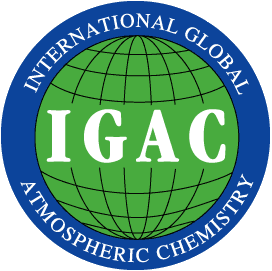SESSION OVERVIEW
Topic 4: How can we quantify the net exchange of ozone and other trace species between the extra-tropical stratosphere and the troposphere?
Session convenors: Laura Pan & Michael Prather
(liwen@ucar.edu & mprather@uci.edu)
The flux of ozone from the stratosphere is an important term in the tropospheric ozone budget, and the rate of this exchange also controls the cleansing the lower stratosphere of pollutants such as volcanic aerosols and ozone depleting gases. Empirical, observation-based estimates of this net ozone flux have uncertainties of order ±30%, while global models report fluxes that vary by more than a factor of 2 (EU Chemistry-Climate report, 2004)1. Variations in the methods used to determine the flux, together with the paucity of independent estimates based on observations, is contributing to this basic disagreement. There is a clear and urgent need to develop new, better metrics by which to quantify STE: ones that can be derived from observations and calculated in models. For example, the definition of a dynamical or chemical tropopause, or any exchange boundary between the stratosphere and the troposphere, becomes an important decision in the design of a model- or measurement-based method for calculating STE fluxes. The choice made for this imaginary boundary often appears to influence the conclusions of STE studies, although it is not clear that the net fluxes should differ. Given a quantitative understanding of the dynamical and chemical processes that govern the chemical transition between the stratosphere and troposphere, we should be able to evaluate ozone fluxes through a range of exchange boundaries used in models. In addition, improved meteorological data combined with concurrently observed chemical tracers should provide better quantified ozone fluxes, but have these reduced the uncertainties?
The flux of ozone out of the stratospheric middle world is the first focus of this topic; however, the two-way exchange of other key species such as water vapor and aerosols are also invited. In general, we invite contributions to several key questions: Do we know the total fluxes through the extra-tropical tropopause? What is the seasonality and location of the STE ozone flux? How has/will this flux change? How can observations be used to integrate total fluxes? to validate model-simulated fluxes? What new observations could help reduce the uncertainty and monitor for possible changes?
We ask contributors to present their current research or new ideas related to these questions.
1European Commission report on Ozone-Climate Interactions, Air pollution research report No. 81, EUR 20623, 143pp, 2003.


